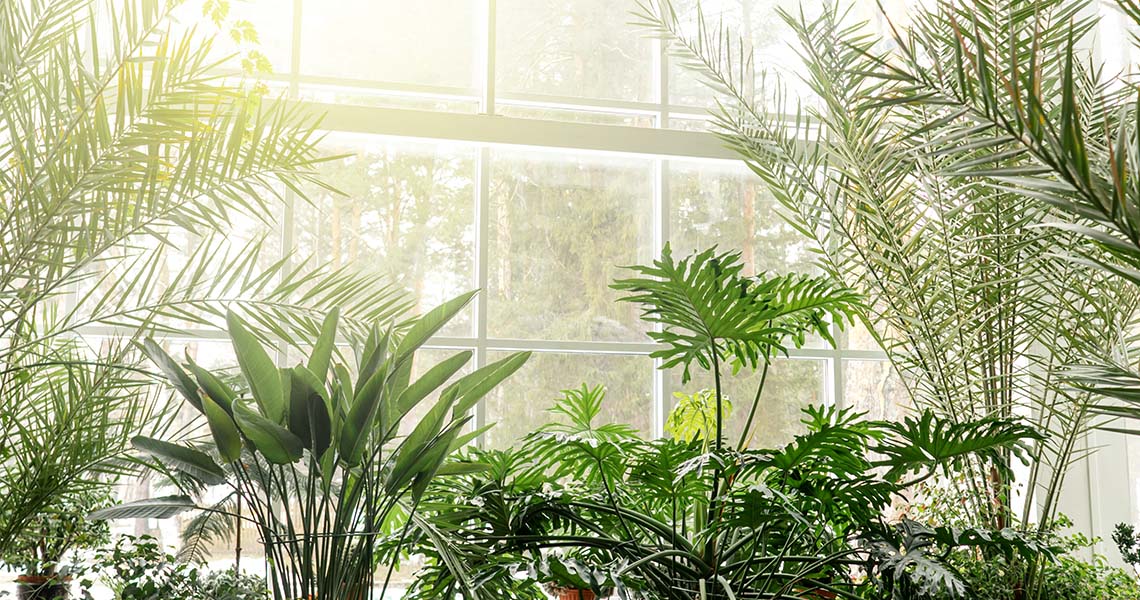
Today, more than one third of global pollution seems to be attributable to the construction industry (Source: UN 2022 Global Status Report for Buildings and Construction). A paradigm shift seems to be inevitable and compulsory to resort to a more environmentally friendly culture and mentality.
The word "sustainability" has become a recurring term; almost in every sphere, the global economy finds a way to connect to this concept. At the same time, it also seems to have become one of the most 'exploited' words and devoid of its original content. Today, terms such as 'eco', 'sustainable' and 'natural' are often used to name useless and sometimes harmful exercises in style.
Nevertheless, the meaning of the concept of sustainability remains very clear: it is the "condition of development that ensures that the needs of the present generation are met without compromising the ability of future generations to meet their own needs"(Treccani). Sustainable is living in a prosperous and equitable manner while staying within the biophysical limits of the planet. It is a value that affects every aspect of our lives and achieving it should be our main goal.
In architecture, sustainability concerns the design of buildings that seek to limit their environmental impact as much as possible. The design goal is energy efficiency, as well as improving health, comfort and increasing the quality of the environment. It is about integrating appropriate structures, materials and technologies that respect the biogeochemical cycles of the earth.
Nevertheless, today it is no longer enough to be only sustainable towards the environment. We have to go further, because in an increasingly interconnected world, with more than half of the world's population now living in large urban areas, our lives are conducted according to a very fast digital rhythm that is far removed from the natural rhythm that has accompanied our species for millennia by regulating our circadian rhythm. Rapid urban expansion throughout the world brings with it social, environmental and even cultural changes that increasingly separate Man from Nature. This departure from the natural habitat in which our species has survived for many years during evolution and to which we are still perfectly adapted today, has a strong impact on us physiologically, psychologically, behaviourally, cognitively and even affectively.
Therefore, we must apply new design methods that favour both our innate connection with Nature and the preservation of the environment.
Biophilic Design today is a valid answer that aims to reinforce the ancient bond between Man and Nature and to create regenerative environments where human biophilicity finds its highest expression. As Stephen Kellert, the Yale ecologist who was the first to talk about biophilic design, said back in 2008: "Biophilic Design is the missing piece in current sustainable architecture."
Kellert again called the discipline that combines environmental sustainability with sustainability that addresses human beings as 'RESTORATIVE EVIRONMENTAL DESIGN'.
At Verde Profilo, we are very aware of the topic of sustainability within green solutions for indoor and outdoor architectural spaces. In addition, we have become true supporters and ambassadors of Biophilic Design with a very specific mission:
We want to contribute to making indoor and outdoor built environments more pleasant and healthy for users
- - -
Bettina Bolten, Biophilic design consultant




















